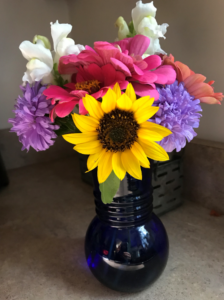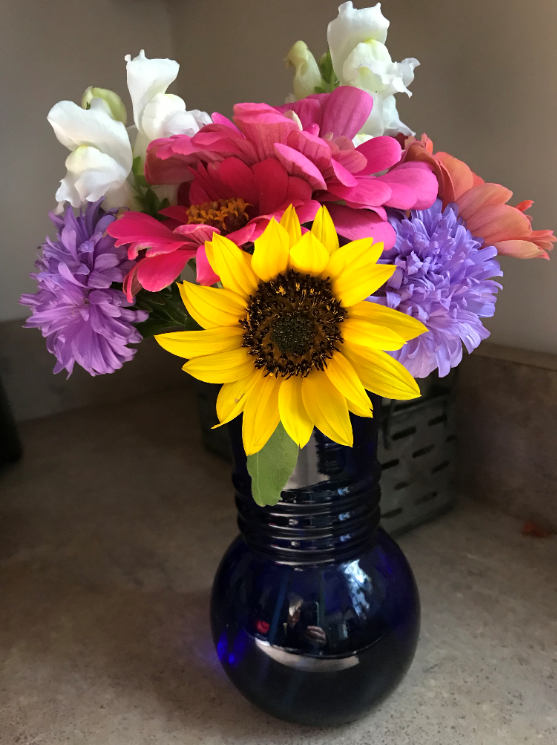Usually during the months of September and October, we will start to see warnings for the first frost of the season. If you are a gardener you’ll want to keep an eye out for a first frost warning. We’re here to help with some easy tips.
What does a frost warning mean?
Generally, a frost warning means that temperatures will dip down into the 30s, creating an icy frost on plants, grass and cars.
What happens during the first frost of the season?
- Annuals will finish for the season. Many plants will turn brown, including their leaves and flowers.
- Vegetables in the garden will finish for the season.
- Some hardy flowers, like mums, will survive the first frost. They usually survive until a hard frost occurs, when temperatures dipping into the twenties.
One positive result of the first frost is that mosquitoes will not survive the cold temperatures.
What should you do to prepare for the first frost warning?

- Cut your final batch of flowers and put them in a vase indoors.
- Harvest all of your vegetables. This includes tomatoes, corn, and cucumbers.
- Gather any seeds from flowers you want to plant next year
- Cover any plants which you want to keep growing.
What can you do to extend your growing season?
Disclaimer: Some of the links below are referral links, which means that if you make a purchase, there is no extra cost, but Running A Household will receive a commission. Thank you for supporting our website.
If there will be just one or two nights with low temperatures expected, you may want to consider extending your growing season.
- Bring potted plants indoors.
- Cover up flowers and vegetables to protect them from the frost. In the past, we have used sheets, lightweight blankets and even a tarp. Large pieces of plastic and brown paper bags will also work, if there isn’t any wind.
- This Garden Quilt Cover
will certainly keep your plants protected from frost. It’s large size makes it easy to cover multiple plants.
- Don’t have any covers? Some gardeners have used water as an insulator. How does it work? You can sprinkle water on your garden later in the day. As long as there isn’t too much sun or wind, the water will stay on the plant leaves and freeze overnight, acting as insulation. It’s certainly worth a try if you don’t have any other options. Generally this method works when temperatures are right around the freezing mark of 32 degrees or slightly below.
Good luck preparing for the first frost.
You may also find these articles helpful:

